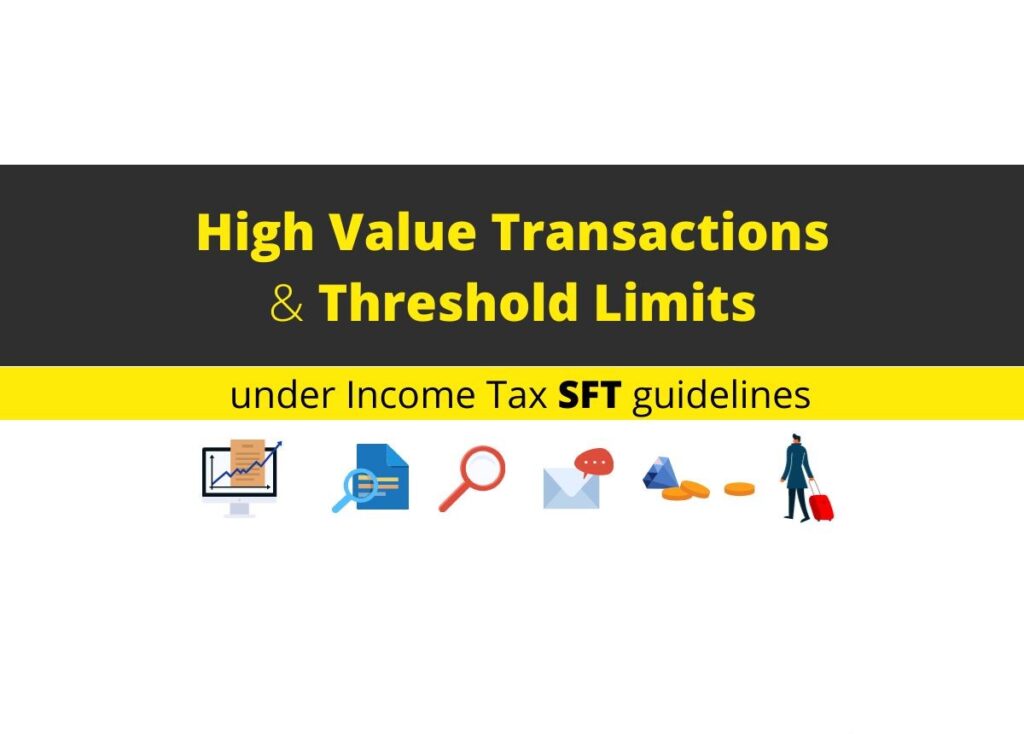There is the Exploring Workforce Dynamics by Maximum Number of Employees Earning at Least 5000
In the ever-evolving landscape of employment and income, understanding the distribution of earnings among employees is crucial for policymakers, economists, and businesses. One pivotal aspect of this analysis is identifying the maximum number of employees earning at least 5000.
This article delves into the factors influencing this statistic, its implications on the economy, and the broader socio-economic context.
1: The Significance of the 5000 Earnings Threshold

To comprehend the significance of the 5000 earnings thresholds, we must first acknowledge its relevance in the context of living standards and basic necessities. 5000, though a modest sum by some standards, can represent a crucial milestone for individuals and families, providing a baseline for financial stability, access to education, healthcare, and a better quality of life. Analyzing the maximum number of employees earning at least this amount can reveal insights into economic disparities and opportunities for growth.
2: Historical Trends in Employment and Earnings Employees Earning at Least 5000
To contextualize the discussion, it is imperative to explore historical trends in employment and earnings. By examining data from various sources, including government reports, labor market analyses, and economic indicators, we can identify patterns, shifts, and anomalies that may have influenced the number of employees earning at least 5000 over the years.
3: Factors Influencing Earnings in the Workplace

Several factors contribute to the variations in earnings among employees. Educational attainment, industry type, geographic location, and economic policies are just a few examples. Analyzing how these factors interplay and evolve over time can offer valuable insights into the dynamics that shape the maximum number of employees earning at least 5000.
4: The Role of Economic Policies and Legislation
Government policies and legislation play a pivotal role in shaping the economic landscape. Minimum wage laws, tax regulations, and social welfare programs can directly impact the income distribution among workers. An in-depth examination of these policies, both at the national and regional levels, is essential to understanding how they contribute to the maximum number of employees reaching the 5000 earnings thresholds.
5: Regional Disparities and Global Perspectives

Economic conditions vary significantly across regions and countries. Examining regional disparities and considering global perspectives can provide a comprehensive understanding of the factors influencing the maximum number of employees earning at least 5000. This section will explore how globalization, international trade, and geopolitical factors contribute to income variations on a global scale.
6: Technological Advancements and Employment Patterns
The advent of technology has transformed the nature of work and employment. Automation, artificial intelligence, and other technological advancements have led to shifts in demand for certain skills and occupations. Understanding how these changes impact earnings and contribute to the maximum number of employees earning at least 5000 is crucial in predicting future trends.
7: Implications for Social Equality and Mobility

The maximum number of employees earning at least 5000 is not only an economic metric but also a reflection of social equality and mobility. Analyzing the implications of income distribution on access to education, healthcare, and upward mobility can shed light on the broader societal consequences of these earning patterns.
Things You Should Know
In conclusion, unraveling the complexities surrounding the maximum number of employees earning at least 5000 requires a multidimensional approach. By examining historical trends, economic policies, regional disparities, technological advancements, and societal implications, we can gain a comprehensive understanding of the forces shaping income distribution.
The identification of the maximum number of employees with a salary of at least 5,000 is an important part of this analysis.
This knowledge is vital for fostering informed decision-making, promoting social equity, and steering economic policies that benefit the workforce at large.

1 thought on “What is the Maximum Number of Employees Earning at Least 5000”